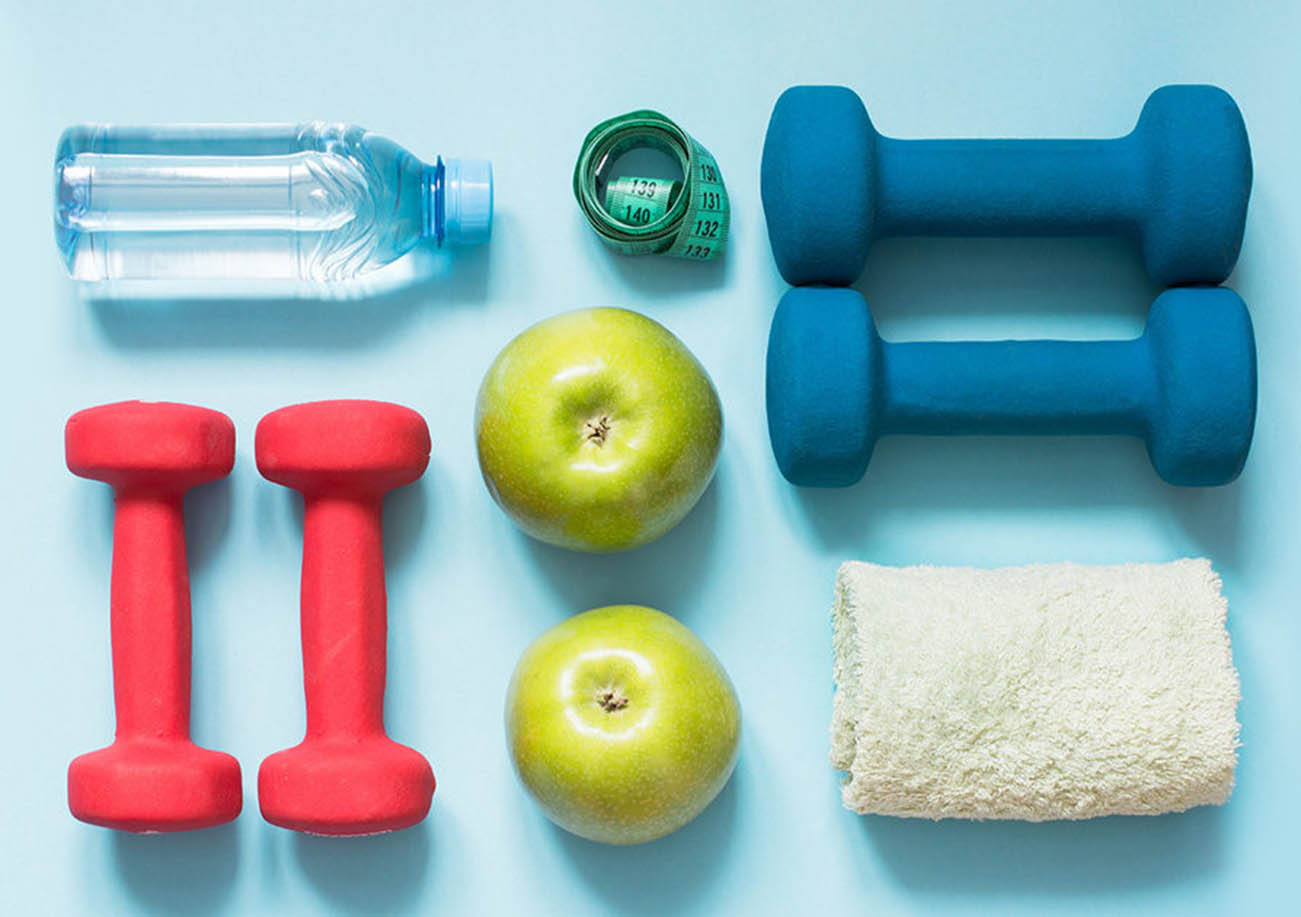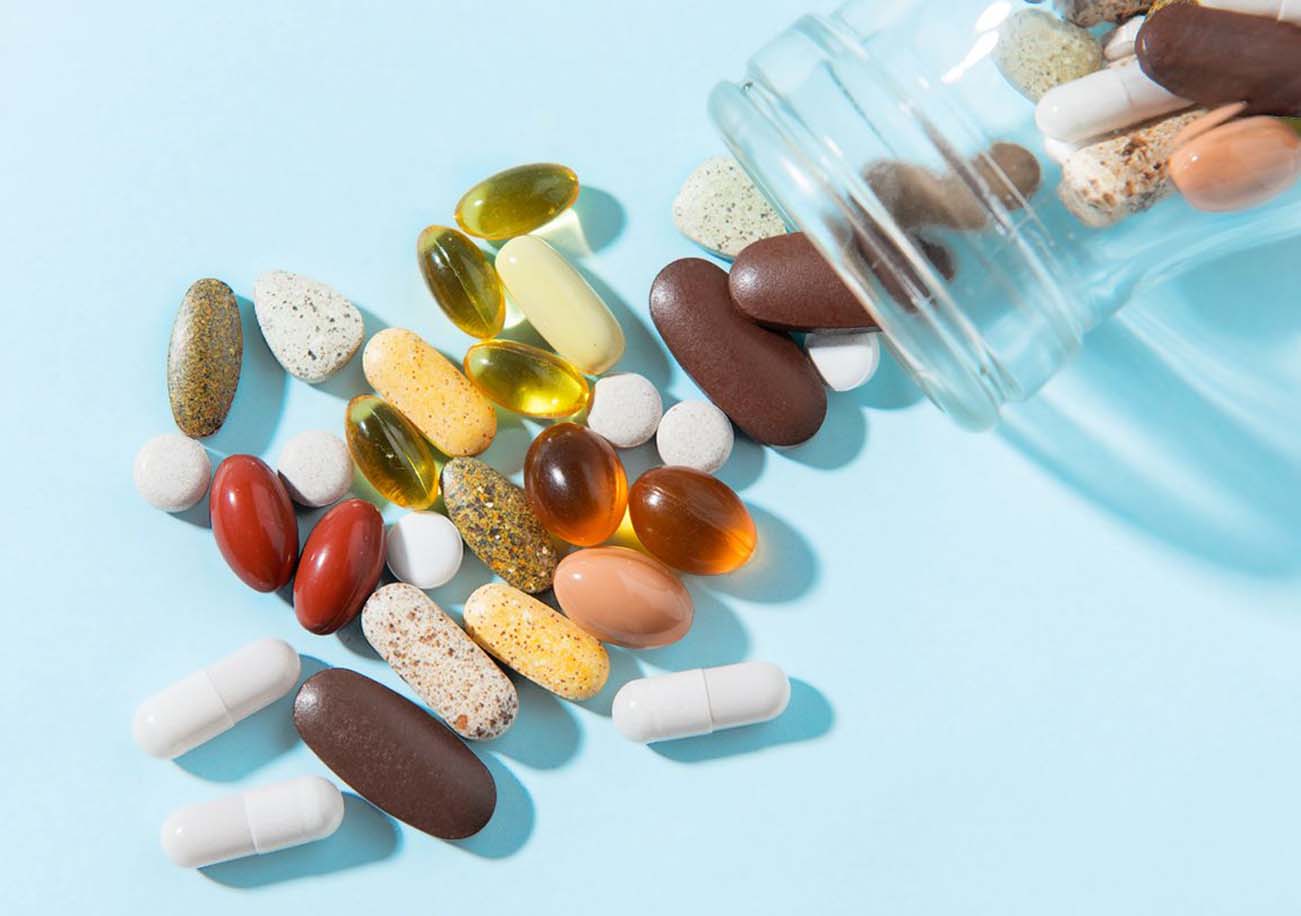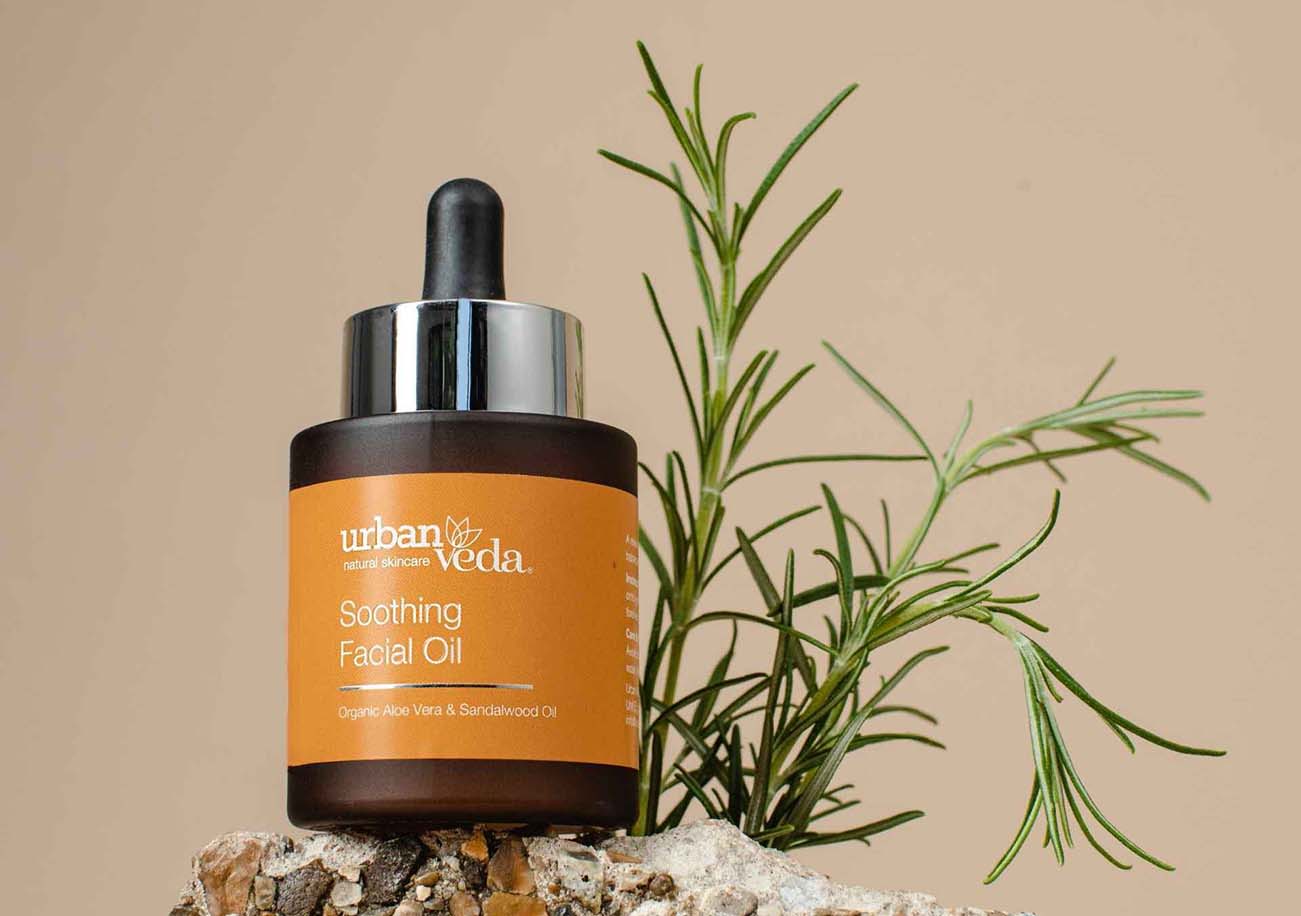In today’s fast-paced world, where fitness trends constantly evolve, maintaining a well-rounded approach to health and wellness is essential. Achieving and maintaining the best body shape doesn’t rely on just one factor—it’s a balance of both exercise and diet. Whether you’re looking to lose weight, gain muscle, or simply improve your overall health, combining these two components is the key to success.
The Importance of Exercise in Shaping Your Body
Exercise is undeniably crucial for building and maintaining a healthy body. Regular physical activity helps increase your metabolism, reduce body fat, build muscle mass, and improve cardiovascular health. But when it comes to achieving the best body shape, the type, intensity, and frequency of exercise matter.
1. Strength Training for Muscle Definition
Strength training, also known as resistance or weight training, plays a pivotal role in shaping your body. This form of exercise targets specific muscle groups, promoting muscle growth and fat loss. Unlike cardio, which burns calories primarily during the activity itself, strength training creates what’s known as the “afterburn” effect. This means that your body continues to burn calories at an elevated rate even after the workout is over, helping you shed fat more effectively.
Focus on compound movements like squats, deadlifts, and bench presses to work multiple muscle groups at once. This approach is not only time-efficient but also maximizes muscle engagement and fat loss.
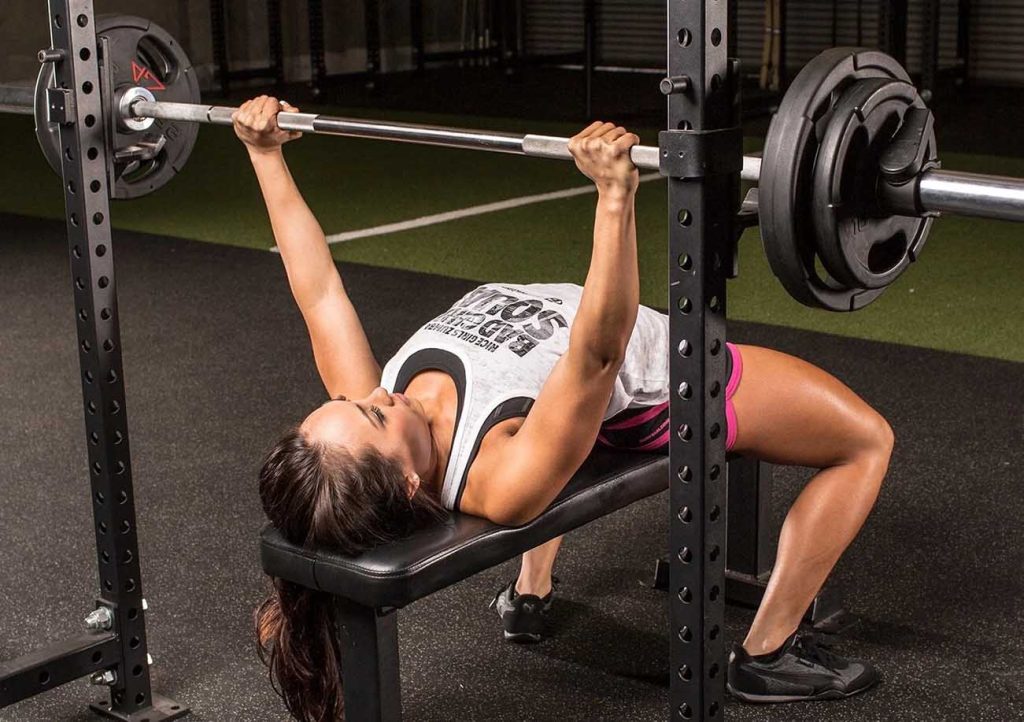
2. Cardio for Fat Loss and Endurance
Cardiovascular exercise, or cardio, is another essential element when trying to achieve the best body shape. Cardio helps burn calories, reduce body fat, and improve heart and lung health. While it may not build muscle directly, it plays an important role in creating a leaner physique.
You don’t have to spend hours on the treadmill to get the benefits of cardio. High-intensity interval training (HIIT) is a popular and efficient form of cardio that alternates between intense bursts of exercise and short recovery periods. Studies have shown that HIIT is especially effective in burning fat and increasing metabolic rate, making it an ideal complement to your workout routine.
3. Flexibility and Mobility Work
Often overlooked, flexibility and mobility exercises such as yoga or stretching can be the missing piece in your fitness routine. Improving flexibility not only helps prevent injuries but also contributes to a more defined and sculpted body. Incorporating activities that increase your range of motion can help improve posture, reduce muscle tension, and allow for better performance in strength training and cardio workouts.
The Role of Diet in Achieving Your Ideal Body
While exercise is crucial, what you put into your body plays an equally significant role in achieving and maintaining your desired physique. A well-balanced diet ensures that your body receives the nutrients it needs to support your workouts, repair muscle tissue, and burn fat efficiently.
1. Macronutrients: Protein, Carbs, and Fats
Understanding macronutrients is fundamental when it comes to crafting a diet that complements your fitness routine. There are three main macronutrients: protein, carbohydrates, and fats.
- Protein: Protein is essential for muscle repair and growth. If you’re strength training, consuming enough protein helps your muscles recover and grow stronger. Sources of lean protein include chicken, turkey, fish, eggs, and plant-based options like tofu, tempeh, and legumes. Aim for at least 1.2 to 2 grams of protein per kilogram of body weight per day, depending on your goals.
- Carbohydrates: Carbohydrates are the body’s primary source of energy, especially during intense workouts. While low-carb diets have gained popularity, cutting carbs entirely can leave you feeling sluggish and hinder your performance. Opt for complex carbohydrates like whole grains, fruits, and vegetables, as these provide long-lasting energy and essential nutrients.
- Fats: Healthy fats are crucial for hormone production, brain function, and joint health. Incorporate sources of unsaturated fats into your diet, such as avocado, olive oil, nuts, and fatty fish like salmon. Avoid trans fats and limit saturated fats to support overall health and fitness.
2. Caloric Surplus vs. Deficit
To gain muscle mass, you’ll need to be in a caloric surplus, meaning you consume more calories than you burn. However, if your goal is to lose fat and achieve a leaner physique, a caloric deficit is necessary. This means consuming fewer calories than your body needs to maintain its current weight.
It’s important to note that you don’t need to drastically cut calories to see results. Gradual reductions in calorie intake, combined with an increase in activity, can help you achieve a sustainable fat loss without compromising muscle mass.
3. Micronutrients: The Unsung Heroes
While macronutrients take the spotlight in fitness and diet discussions, micronutrients—such as vitamins and minerals—are just as vital for your overall well-being. These nutrients help regulate metabolism, support immune function, and ensure that your body operates optimally.
For example, calcium and vitamin D are essential for bone health, while magnesium supports muscle function and recovery. A diet rich in fruits, vegetables, whole grains, and lean proteins can provide the micronutrients needed to support your fitness goals.
4. Hydration: Don’t Underestimate Its Power
Hydration is an often overlooked yet crucial component of fitness and diet. Proper hydration improves performance, aids in muscle recovery, and helps prevent fatigue. Water is essential for nutrient transport and digestion, as well as temperature regulation during exercise.
Aim to drink at least 8 cups (2 liters) of water per day, and more if you’re exercising intensely or in hot conditions. Electrolyte drinks can be beneficial after long or high-intensity workouts, but be mindful of their sugar content.
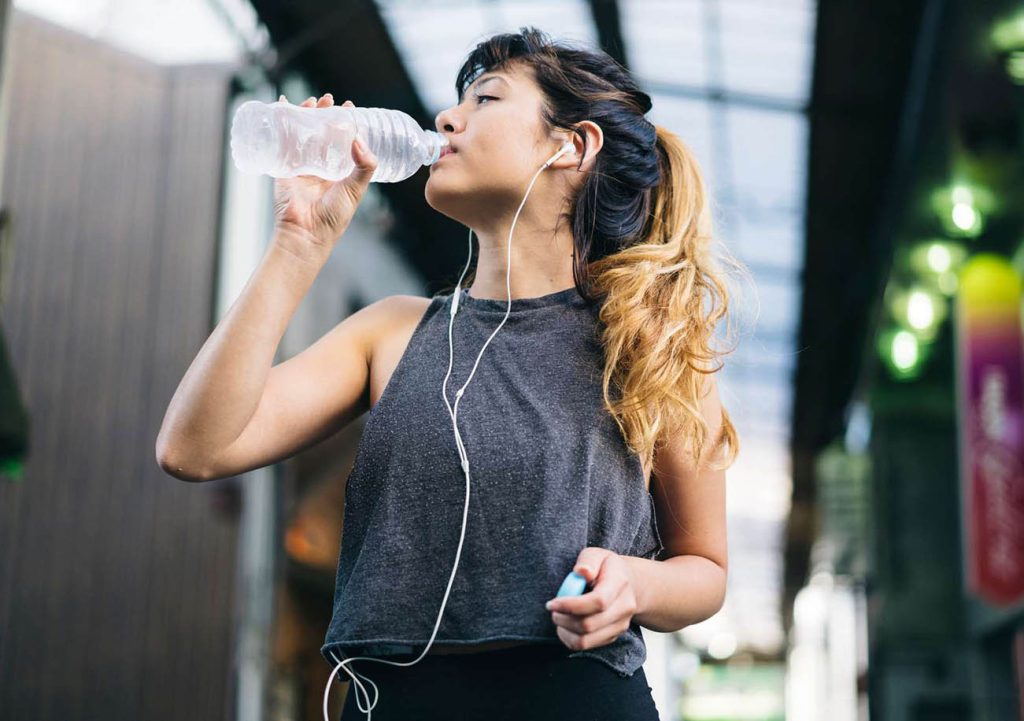
How to Combine Exercise and Diet for Optimal Results
The true magic happens when exercise and diet work together. Here’s how you can combine both for the best body shape:
1. Create a Balanced Workout Schedule
Your workout routine should incorporate a mix of strength training, cardio, and flexibility exercises. Ideally, aim for at least three to four strength training sessions per week, complemented by two to three cardio sessions. If you’re pressed for time, focus on HIIT, as it offers the benefits of both cardio and strength training in a shorter time frame.
2. Fuel Your Body Pre- and Post-Workout
What you eat before and after your workouts is vital for maximizing results. Before a workout, focus on a meal that includes complex carbohydrates and some protein to fuel your exercise. A banana with peanut butter or a piece of toast with eggs can be a good option.
Post-workout, your body needs protein to repair muscle tissue and replenish glycogen stores. A protein shake, Greek yogurt with fruit, or chicken with quinoa are all great post-exercise meal choices.
3. Listen to Your Body
Exercise and diet are both about consistency, but also about tuning into your body’s signals. If you’re feeling overly fatigued or experiencing pain, it may be a sign that your diet or exercise routine needs adjustment. Remember, recovery is as important as the workout itself. Get enough sleep, incorporate rest days, and don’t be afraid to modify your regimen if needed.
Achieving and maintaining the best body shape is not about quick fixes or fad diets. It’s about creating a sustainable routine that includes both exercise and proper nutrition. Strength training, cardio, flexibility work, and a balanced diet full of the right nutrients are all essential components of your fitness journey. By combining these elements, you can build a body that not only looks great but feels great too—empowered, healthy, and ready for anything life throws your way.
